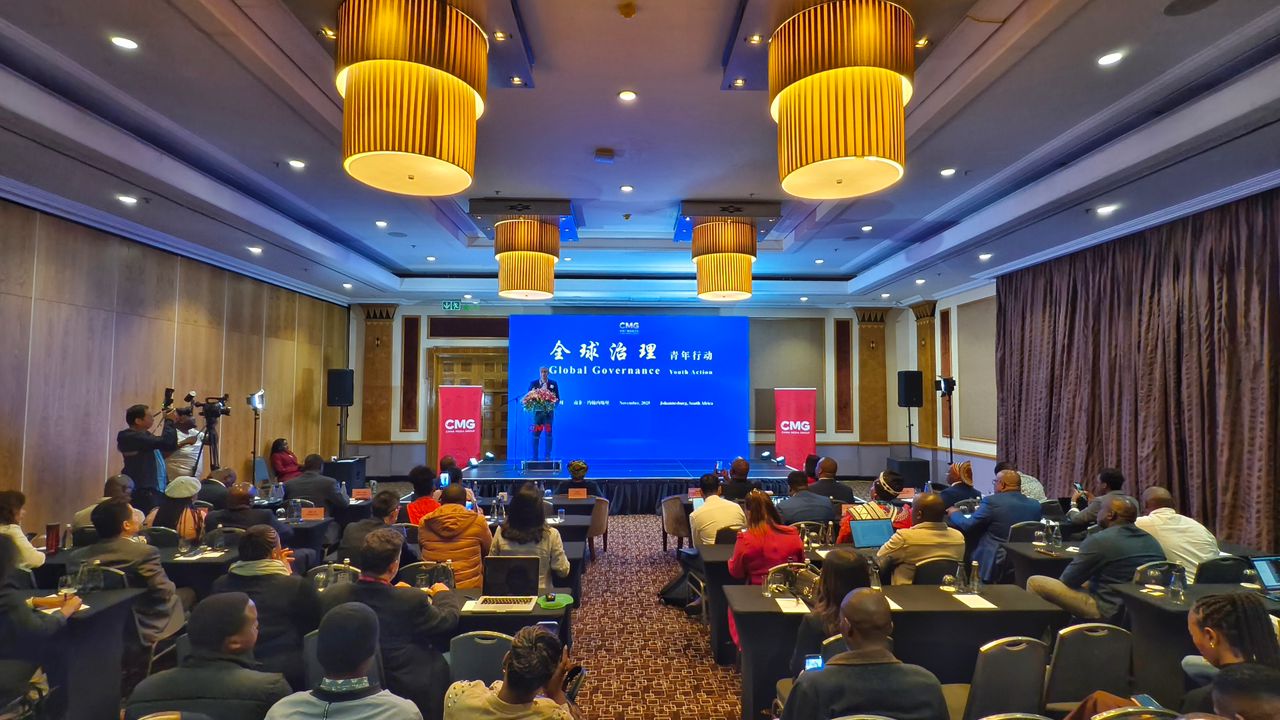Endangered African Grey Parrots receive more protection
One of the most trafficked birds, the African Grey Parrot, seems to have caught a lucky break after delegates at the Convention on International Trade in Endangered Species (CITES) voted to give it more protection and ban all international commercial trade of the bird.
The conservation experts at the wildlife trade conference in Sandton, South Africa saved the bird from going extinct. The African Grey Parrots’s intelligence and long life has made them a popular pet which has in turn devastated its population in the wild.
The birds are now more protected and all international commercial trade of the bird is prohibited.
African countries Angola, Chad, the European Union, Gabon, Guinea, Nigeria, Senegal and Togo along with the United States proposed for the increased protection for the bird. With 180 countries that are part of CITES representented in the convention 95 countries voted for the protection of the birds, 35 opposed, and five other countries were absent for the vote.
During the past 25 years, more than 1.5 million wild African greys have been taken from their native habitats, making them one of the most traded of all CITES-listed parrots according to the US Fish and Wildlife Service Director Dan Ashe, head of the US delegation to the 17th CITES conference
The African grey parrot was once widespread throughout west and central Africa, however pet trade, deforestation and agriculture eliminated the birds from West Africa. The highest numbers of the birds flock in central Africa.
African grey parrot was in CITES Appendix II which protects it but does not ban the international commercial trade proving to be inadequate to sustain the birds specie.
According to the US Fish and Wildlife Association the vote to protect the birds still needs to be finalized at a session later in the week, but the organization is confident the strength of the science supporting the Appendix I listing will ensure the protections will be upheld.
Species protected by CITES fall under one of three appendices. Appendix I includes species threatened with extinction and provides the greatest level of protection, including restrictions on commercial trade. Appendix II includes species that, although currently not threatened with extinction, may become so without trade controls. Changes to Appendices I and II must be proposed at a CoP and agreed to by a two-thirds majority of the parties present and voting. Appendix III includes species protected by at least one country that needs assistance from other parties to control trade.







